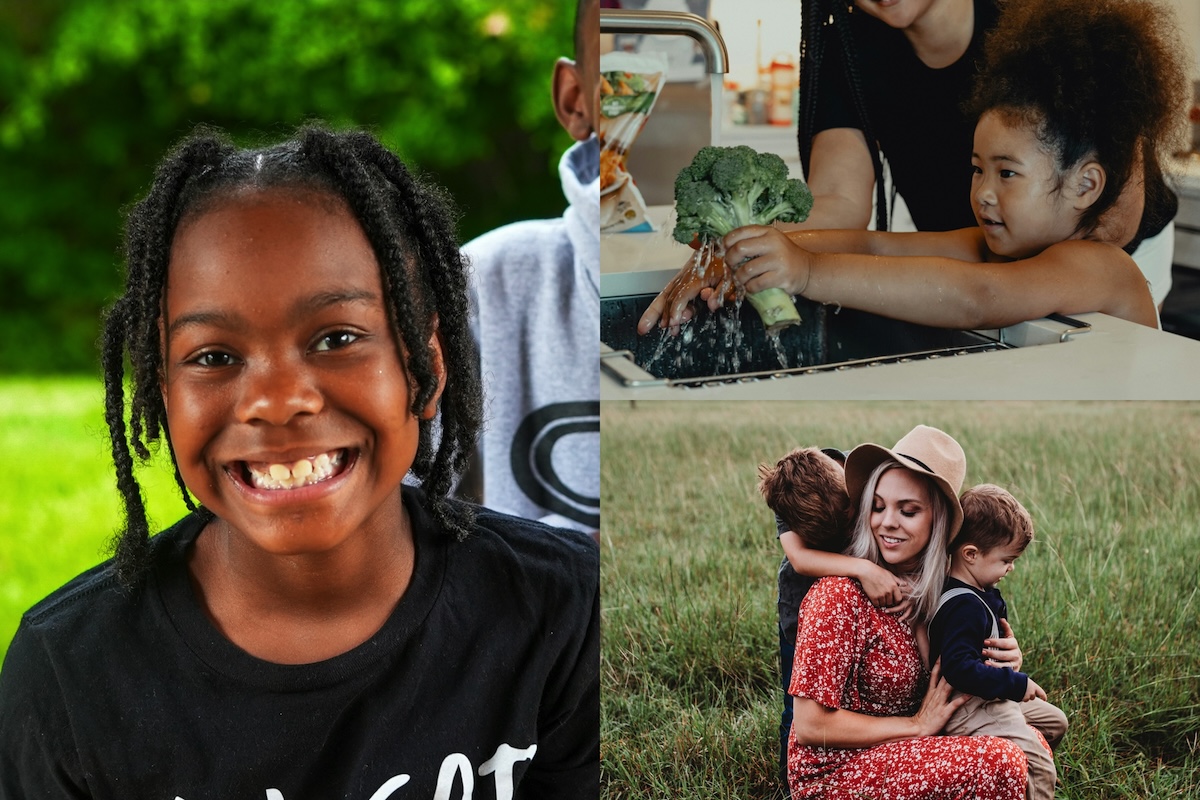How to Teach Kids to be Even More Positive

Children are innately and wonderfully positive critters. That being said, modern times have made it more challenging to maintain this delightful disposition. Adolescence is not the time for swapping unfettered auspiciousness for practicality and pragmatism. We need our youth to dream big and know that they can achieve anything with a plan and positive outlook. Today we take a look at the latter with tips on how to teach kids to be positive to an even greater degree no matter what comes their way.
6 Powerful Steps to Helping Your Children Attain and Sustain a Super Positive Outlook on Life
1. Positive Affirmations
Positive affirmations are words, phrases, or statements that people utter out loud to challenge unhelpful or negative thoughts. They are typically made at the start of the day, but can be peppered into one’s routine throughout. While this practice is typically employed by adults who have pledged to be more mindful about challenges to happiness, positive affirmations can be helpful for kids too. Perhaps more so, as kids are more likely to believe that what they speak. They are blessed with an innocence of not anticipating the arrival of negative events in the way us grownups sometimes do.
Examples of positive affirmations for children include declarations relating to both short and long term outcomes, such as “I am healthy and beautiful!“ or “I’m going to have a great day at school!” and “I’m going to make the soccer team next year!”. The goal of this daily exercise is not only to help your children feel more positive, but to help them keep their eyes on hopes, dreams, and aspirations. Click/tap on the following which feature tips on how to make magic happen in their lives:
2. “Hope Scrolling” by Changing their Social Algorithm
Children’s positivity today is challenged by something that grownups didn’t have to contend with – social media. The concept of “doomscrolling” is to blame for online adolescent feelings of uncertainty, anxiousness, and distress. Doomscrolling is a term used to describe the act of spending an excessive amount of time scrolling through social media and being exposed to large quantities of negative news and content. Young kids, preteens, and teens are encountering content about politics, social unrest, terrorism, economic strife, and health crises without an adult present to filter and provide context. And the more they look at this content, the more the algorithm feeds it to them.
Turn doomscrolling into hope-scrolling by changing the social media algorithm. Hope-scrolling is a term we’re coining here today (please share) to change their online time into a positive experience. Sit down with your kids, open the apps they use, and proceed to do the following
- Unfollow accounts that share/post news about current events that are generally intended for adult audiences.
- Select “hide” on all posts that feature negative news and content.
- Select “report” for all posts that feature content that is more explicitly (words and visuals) geared towards adults.
- Follow accounts of inspirational kids who may serve as great role models.
- Follow age-appropriate profiles that promote positivity and healthy living.
- Like, comment, and/or share age-appropriate content that promotes positivity and healthy living.
The steps above will train each social network’s algorithm to not input organic and sponsored content that can negatively impact the feelings and emotions of adolescents. Adults can benefit from this as well!
3. Teach Them to Calculate Instead of React
Like with adults, children can start a day or project with positive affirmations and a clearly defined plan to chase their goals, only to have an unanticipated obstacle present itself. They may not make the soccer team on their first tryout because an elite athlete from another school may have transferred to theirs to take their spot. Their laptop may have frozen and lost their homework project one-day before it’s due. Et cetera. This can can send them reeling into negative thoughts, procrastination, and eventual failure. A viscous cycle of negativity often ensues.
Your children must learn to not react in a negative may when unexpected challenges inevitably occur through life. Instead, they can reshape their thoughts, feelings, and behaviors into calm and calculated responses that help them pivot and return to a more productive course. Click/tap the link below to help them prepare for instances of this nature and maintain positivity despite them.
4. Eating for Positivity
Children who eat positive, feel more positive! While there are a number of fruits, vegetables, and proteins that promote “feel good” neurotransmitters, we have identified favorites that you can incorporate into your kids’ diets:
On top of crops, studies show that the polyunsaturated fatty acid (PUFA) Omega-3 from fish is more effective than a placebo in managing negative feelings in youth.
5. More Time Outdoors
Numerous bodies of research confirm that spending time outdoors is conducive to increased feelings of positivity. Therefore, it’s important to incorporate time outdoors. It’s also important to do so no matter what the weather brings. It’s only us grownups who associate “bad weather” with negative feelings. Remember when you were a kid and loved playing in the wind, rain, sleet, and snow? If we weren’t told as we got older that these were bad things we’d probably still be out there playing. Head outside with your kids and your entire household will feel more positive through all of Canada’s wild and wacky seasons.
6. Lead by Positive Example
Lastly, we ask that you look in the mirror. Children adopt thoughts, feelings, emotions, and behaviors through observational learning. Who are they observing through their young lives? You. If you want to help your kids feel more positive, you must learn to do so as well. And until you get there, don’t let them see you express negativity regarding things that are inconsequential in the grand scheme of life. Click/tap below for the strategy:
The Plant a Seed & See What Grows Foundation inspires and promotes healthy living and learning for kids across Canada. Help us help the next generation by pledging your support too! View more on how you can get involved.








